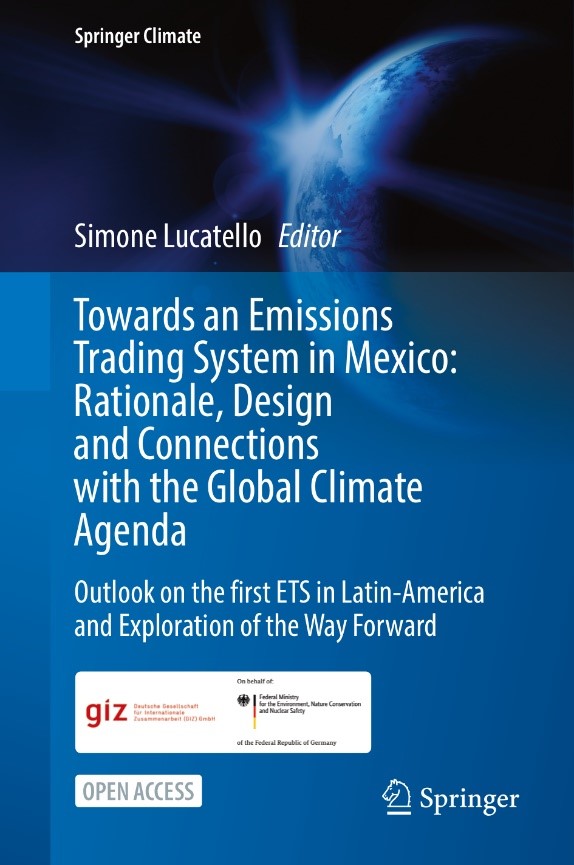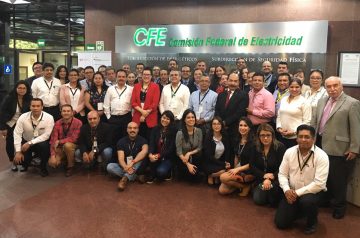The publication of the book “Towards an Emissions Trading System in Mexico: Rationale, Design and Connections with the Global Climate Agenda” is a Deutsche Gesellschaft für Internationale Zusammenarbeit (GIZ) GmbH effort to support the Mexican government in the design and implementation of an Emissions Trading System (ETS). This is the result of a joint dialogue, which started in 2019, between public, private and civil society actors, in order to identify, and then perform, their roles in the market.
This book, the first publication of its kind in Latin America, integrates different multidisciplinary views on the national and international perspectives of the ETS and Mexican climate policy. Likewise, it includes the legal frameworks and design perspectives as well as other issues related to the climate agenda.
As part of their work with SEMARNAT, SiCEM collaborated in this project with the Mora Institute and the Springer publishing house to develop knowledge on the ETS and its components. The book includes the reflections and perspectives of 20 co-authors from various public and private universities in Mexico and other countries, throughout fourteen chapters divided into three parts.
The incorporation of the academic sector into the discussion promotes a greater understanding of ETS and facilitates understanding its relevance to society. Each text, idea and reflection contribute to strengthening dialogue and informed discussion, aspects that GIZ is very proud to be able to support.
During 2022, Mexico’s ETS will begin transitioning to its operational phase. Thus, the book is intended to favour its continuous improvement through the lessons learned, both nationally and in other jurisdictions.
The SiCEM project will initiate a strategy to disseminate the book and will continue to facilitate dialogue among different sectors of society with the aim of expanding knowledge of the ETS in Mexico and around the world.
You can download the book here 👉 https://bit.ly/3JKVsZh

If you would like to receive more information on this subject, please contact us at: Comercio.Emisiones-MX@giz.de

